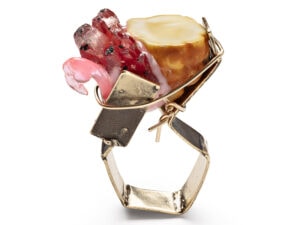In late 2001, lower Manhattan was the site of intense physical, psychological and emotional activity. Many thousands of people were working to clean, to clear and to understand the terrorist attacks of September 11, 2001. Scurrying through the streets – beneath notice – was Xu Bing, busily collecting the dust that coated the city. In the midst of near-unimaginable tragedy Xu (recipient of a ‘MacArthur genius’ fellowship) understood the importance of his role as an artist in helping the world to understand and cope with these events. He also understood the material potency of the physical residue of the attacks. This was the dust of paper, concrete, insulation, airplanes and human remains, but it was also the dust of financial supremacy, Islamic extremism and American outrage. The physical and emotional attributes that the grayish-white dust contained were swept up – to be used almost three years later in an installation entitled Where Does the Dust Itself Collect?, a project that addressed 9/11 through written and material poetry. It won several awards including the inaugural Artes Mundi Prize and the Wales International Visual Art Prize, both in 2004.
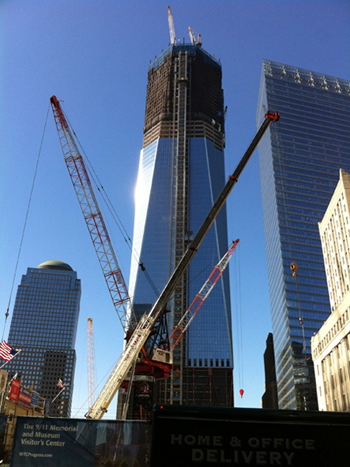
In the late summer and early fall of 2011, the American news media was in a frenzy. We were coming up to the tenth anniversary of the September 11, 2001 terrorist attacks and the media coverage was extensive. The American public was bombarded with print and television stories, documentaries and interviews with firefighters, survivors and family members of victims. I can say with some certainty that spectacle is an Americanism, but I was weary of this kind of pageantry and media circus. September 11 will always be an open wound for the national psyche, at least as long as the media treats it as such. As an avid newsreader, I absorbed a fair amount of sentimentality from the media during this period and my resurgent emotional engagement led me to visit New York and ground zero in October 2011.
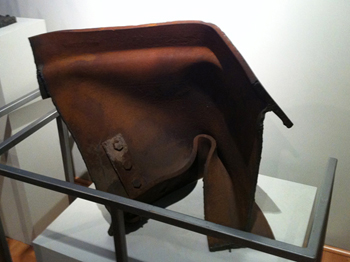
Just beside the massive girder was a crude representation of the pre-9/11 skyline of New York, hewn from a 4-inch thick chunk of structural steel. The didactic vinyl revealed that ironworker Rafe Greco used his cutting torch to restore the towers back to the New York skyline. There is clearly recognition – both by Greco and the Memorial Museum – that purposefully using material from the twin towers creates a more powerfully emotive object. The quality and technical prowess of the work is quite beside the point in the context of the museum; it is the metallic gesture of remembrance, memorial and renewal that is intuitively understood by visitors.
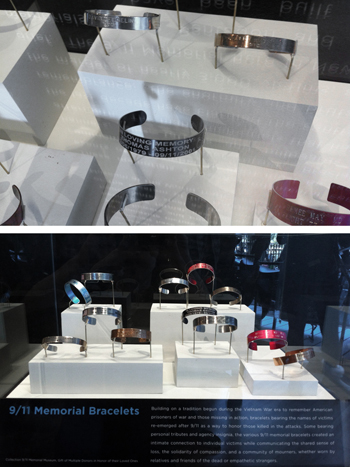
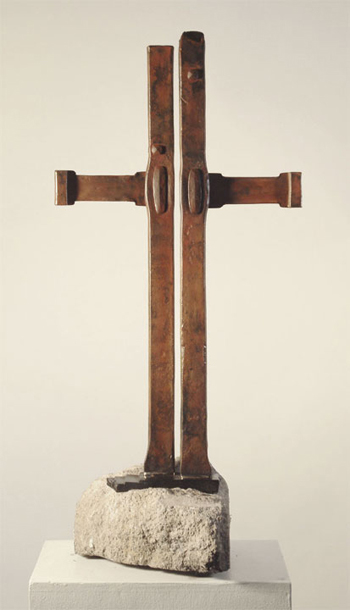
As I left downtown, I realized that a journey of material understanding that began with Xu Bing in 2004 came full circle. For me, as a metalsmith and writer, it was through metal objects that I was able to make sense of the events of September 11. The tenth anniversary stirred in me emotions that I thought were long ago dealt with, but it was actually finding something familiar – in the commemorative metal objects – that finally gave me some semblance of personal closure. How unlikely it seems that a bent steel girder can help assuage the emotional roller coaster of 9/11. For millions who have visited Ground Zero, the ability of metal and other materials to convey meaning is a source of comfort when working through a tragedy of both personal and global consequences.




